IonQ and IBM lead North Carolina quantum computing push with Duke Quantum Center and NC State quantum hub in Durham and Raleigh.
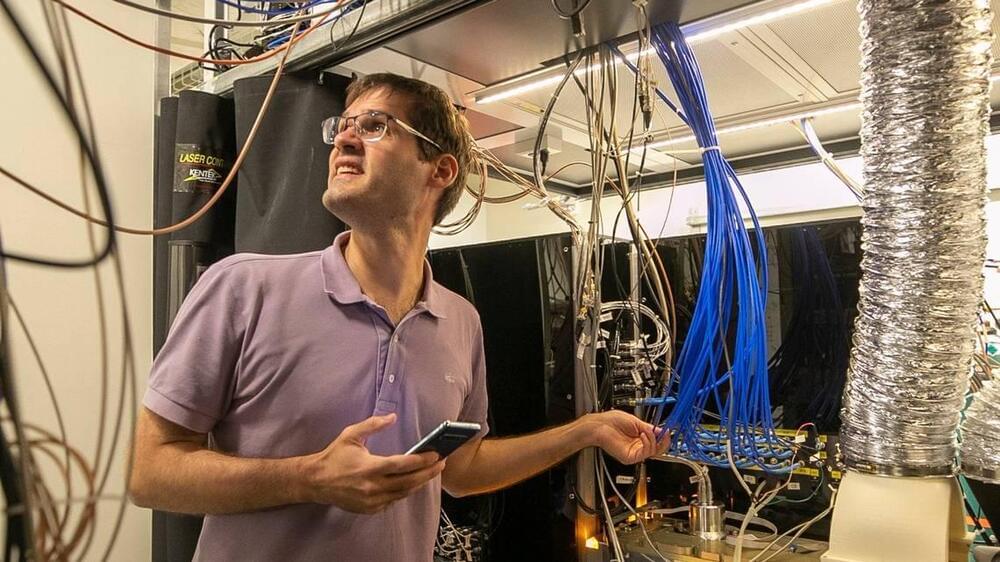

Questions to inspire discussion.
What is the key idea of the video?
—The key idea is that in the age of AI, it is crucial to reclaim one’s authentic self, navigate the challenges and opportunities of the digital age, and develop a conscious relationship with fears and human consciousness structures.


“This discovery really drives home the point of just how little we know about the universe,” said Dr. Suvrath Mahadevan. “We wouldn’t expect a planet this heavy around such a low-mass star to exist.”
A recent study published in Science examines exoplanet LHS 3154b that orbits its parent star in just 3.7 days but is 13.2 times as massive as the Earth wit | Space.

A new venture-backed startup is capitalizing on the productivity that can be channeled while lucid dreaming, Fortune reports.
Lucid dreaming is a state of being aware that you are dreaming during your sleep cycle and the ability to control or manipulate the dream narrative. As many as 70% of people experience the phenomenon at least once in their lifetime.
Prophetic, founded earlier this year, is tapping into a new unconscious market with an innovative headpiece called the “Halo”
The ‘not a book club book club’ podcast on PKD, his books, and influence.
Remain calm, smoke your sogum, and pay no attention to all those old-born repopulating our world. Unfortunately for Sebastian Hermes and his crew of resuscitation technicians, it’s not that easy after discovering the slowly resurrecting corpse of a major religious leader. Join the DickHeads and writer/musician Jayaprakash Satyamurthy as they discuss PKD’s 21st published novel, Counter-Clock World. Plus: Food as a 4-letter word. The history of the scifi scene in Bangalore. And how to not kink shame sogum smokers.
Our Patreon ►► http://www.patreon.com/LanghorneJTweed.
Electric Larryland Discord ►► https://discord.gg/RAyg2u.
Dicklike Suggestions:
David’s Pick(s)
►► Outré: https://www.goodreads.com/book/show/52653082-outr?ac=1&from_…p9E&rank=4
►► Revelations: https://dharlanwilson.com/books/revelations/
Langhorne’s Pick(s)
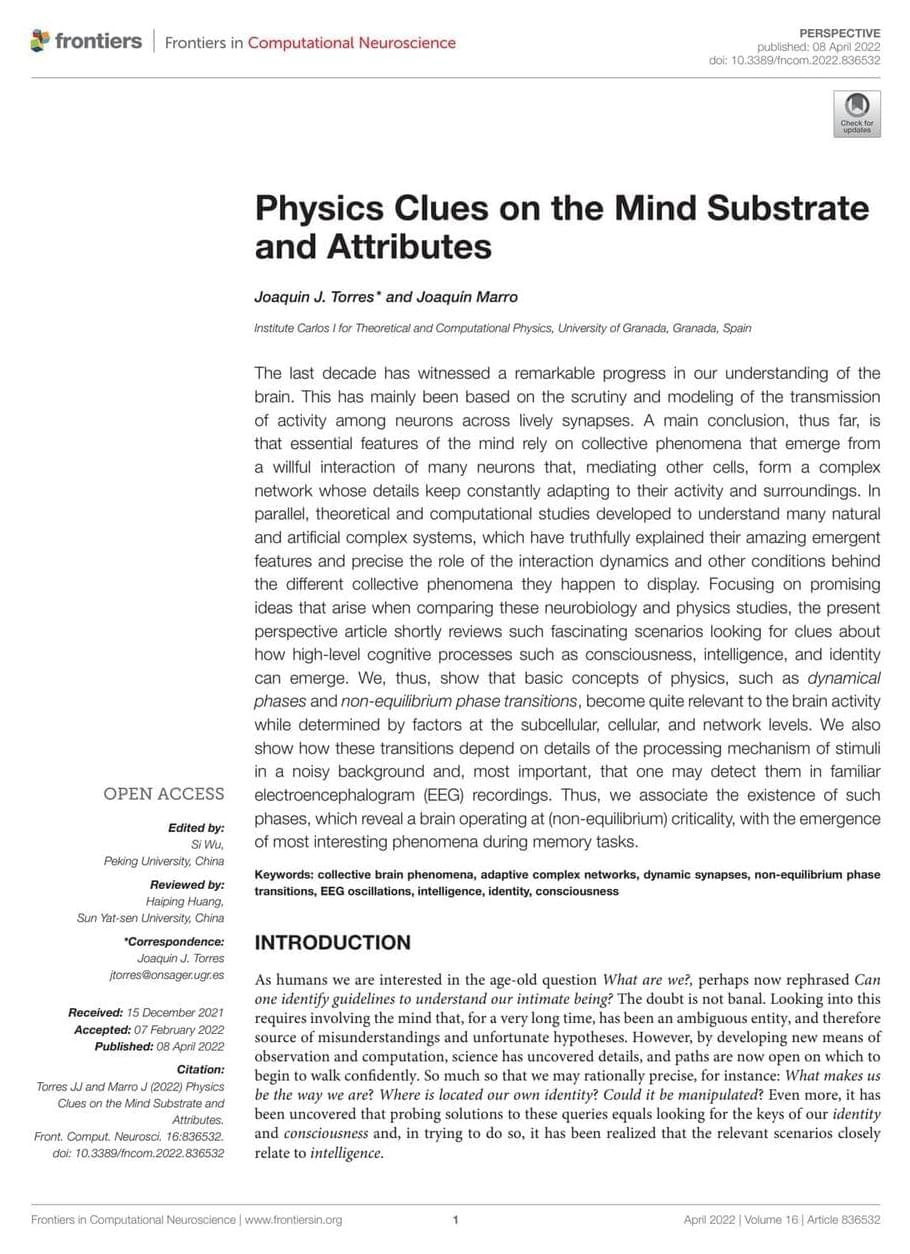
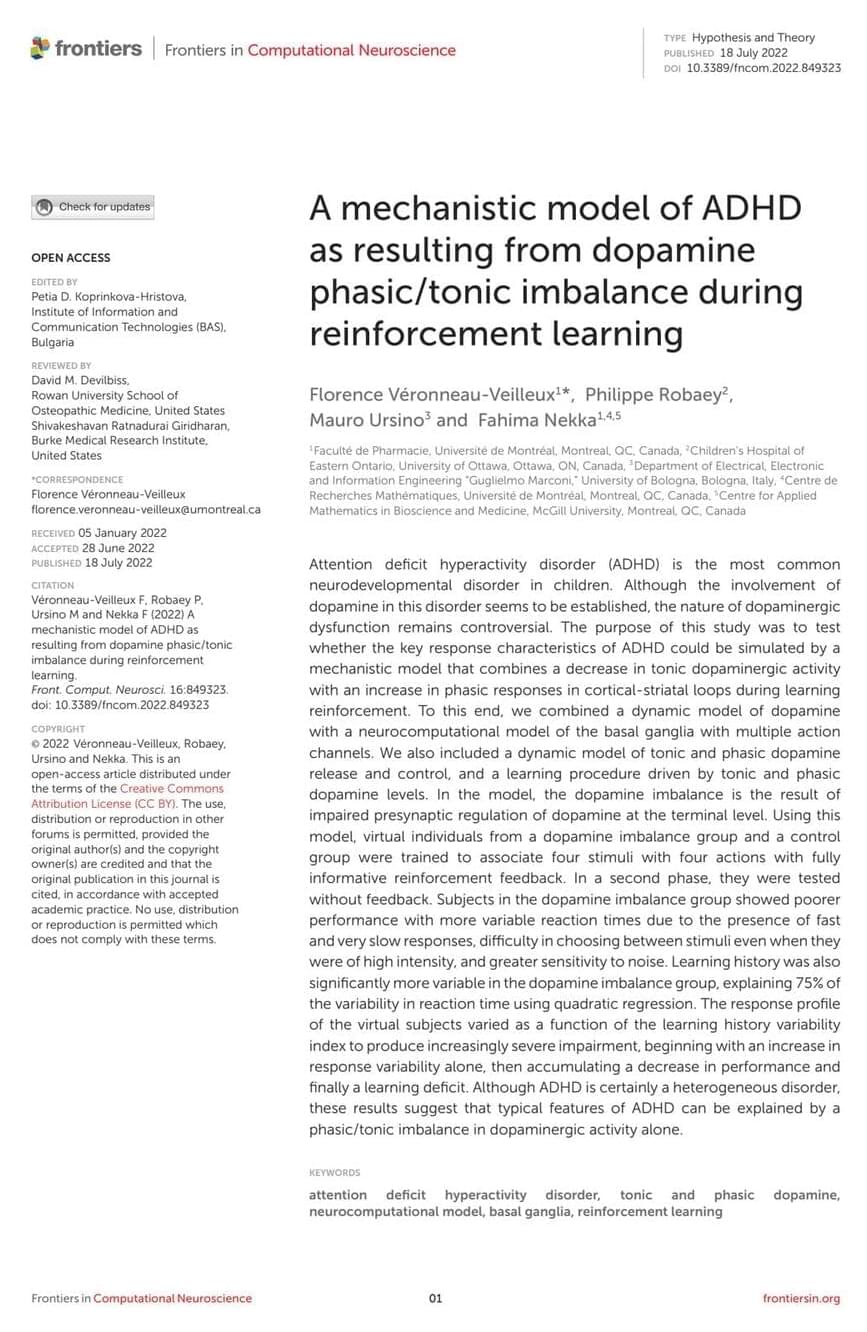
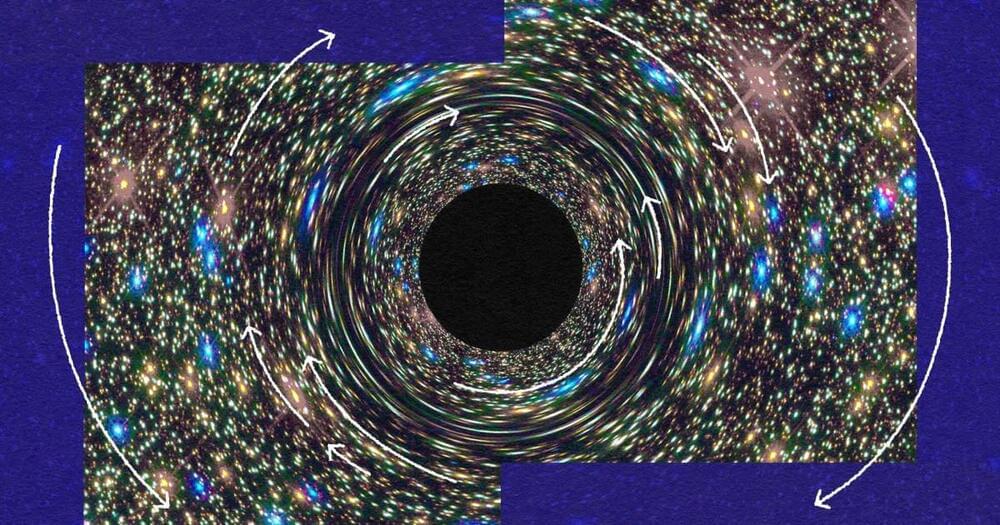
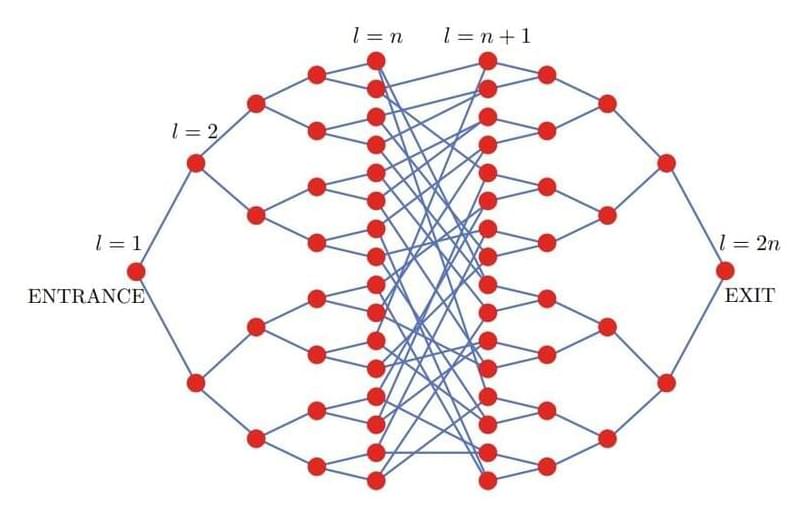
Quantum computers promise to solve some problems exponentially faster than classical computers, but there are only a handful of examples with such a dramatic speedup, such as Shor’s factoring algorithm and quantum simulation. Of those few examples, the majority of them involve simulating physical systems that are inherently quantum mechanical — a natural application for quantum computers. But what about simulating systems that are not inherently quantum? Can quantum computers offer an exponential advantage for this?
In “Exponential quantum speedup in simulating coupled classical oscillators”, published in Physical Review X (PRX) and presented at the Symposium on Foundations of Computer Science (FOCS 2023), we report on the discovery of a new quantum algorithm that offers an exponential advantage for simulating coupled classical harmonic oscillators. These are some of the most fundamental, ubiquitous systems in nature and can describe the physics of countless natural systems, from electrical circuits to molecular vibrations to the mechanics of bridges. In collaboration with Dominic Berry of Macquarie University and Nathan Wiebe of the University of Toronto, we found a mapping that can transform any system involving coupled oscillators into a problem describing the time evolution of a quantum system. Given certain constraints, this problem can be solved with a quantum computer exponentially faster than it can with a classical computer.